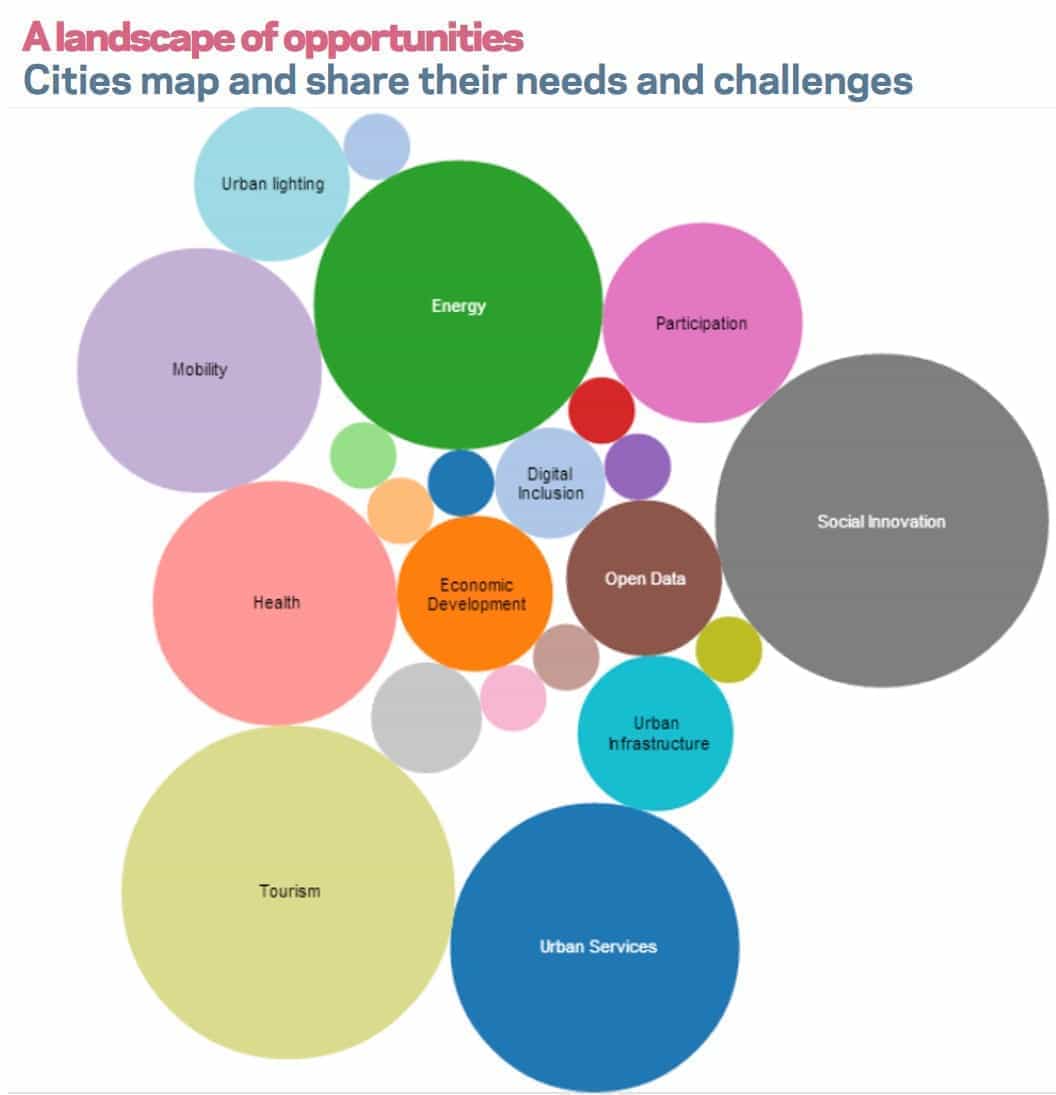
Close your eyes for a moment and imagine the main attributes you associate with your city government and services, and the people you know behind them. More likely than not, you agree with Esko Reinikainen of Satori Lab when he pointed out that cities are run with processes that “were designed in the industrial age”. Looking behind the scenes, we often find local administrations are rather clunky, hierarchical and inward-facing.
Yet this sits at odds with the pressures that shape our communities today. Cities are financially strained, no longer just cutting the vanity projects but essential social, health or educational services too. And this crunch is hitting us hardest at a time when the number of citizens most in need is rising sharply. Expectations are also changing. Citizens are no longer consumers that just accept public services – they have a far more diverse set of references about what quality can look like than their industrial-age peers. Online and offline, they experience and appreciate the benefits of competition and entrepreneurship.
Add all this together, and it is not surprising that around the world we find a lively debate on how innovation might change our governments, delivering better services to citizens at a lower cost. But can this be done at scale?
INSPIRED DECISIONS THAT CHANGE LIVES
A survey of 50 global cities showed that probably the single biggest barrier in making cities more agile or responsive is the lack of method and knowledge in how they allocate budgets. Technical as this may seem, this is in fact the crucial process in government – spotting our community needs and responding through the effective use of public money.
Most city leaders concur with the data Citymart has collected through running 87 challenges for cities – procurement decisions are typically based on just 3-10% of information of what the market can offer. Apply this to the scale of local government spending of $4.5 trillion, and you get a sense of just how big an opportunity we have to inspire better decisions. Knowledge is not an abstract concept here. It is transformative to the way we prioritize and meet our opportunities for change. A mere 13% of cities report that they have a structured capacity to listen to entrepreneurs and innovators.
It is in this context that we can appreciate the transformative potential of the Cities Open Challenge by Ferrovial.
- Firstly, it starts by not just putting the citizen first, but seeing the citizen as an empowered partner to delivering services in their community.
- Secondly, it is an open learning process, inspiring future decisions in a transparent way we rarely experience in the decision-making process in our cities.
- Thirdly, it is an agile and responsive process that by piloting and focusing on sharing ready solutions, it is giving all stakeholders an experience on the ground within months, not years.
Now let’s just try to imagine our cities once more. The Open Cities Challenge shows that in shaping our future cities, we can start by re-imagining not just the spaces, but the way we participate in decisions and services. Empathy is not a lofty value here, but our way of re-connecting with the needs of our citizens and empowering them to shape their community.
Openness is no longer an abstract concept in a world where entrepreneurs can inspire solutions, and where anyone can follow the process. And an agile city is a community that can maximise the opportunities that new technologies and innovations may offer to meaningfully improve the lives of its citizens.






There are no comments yet